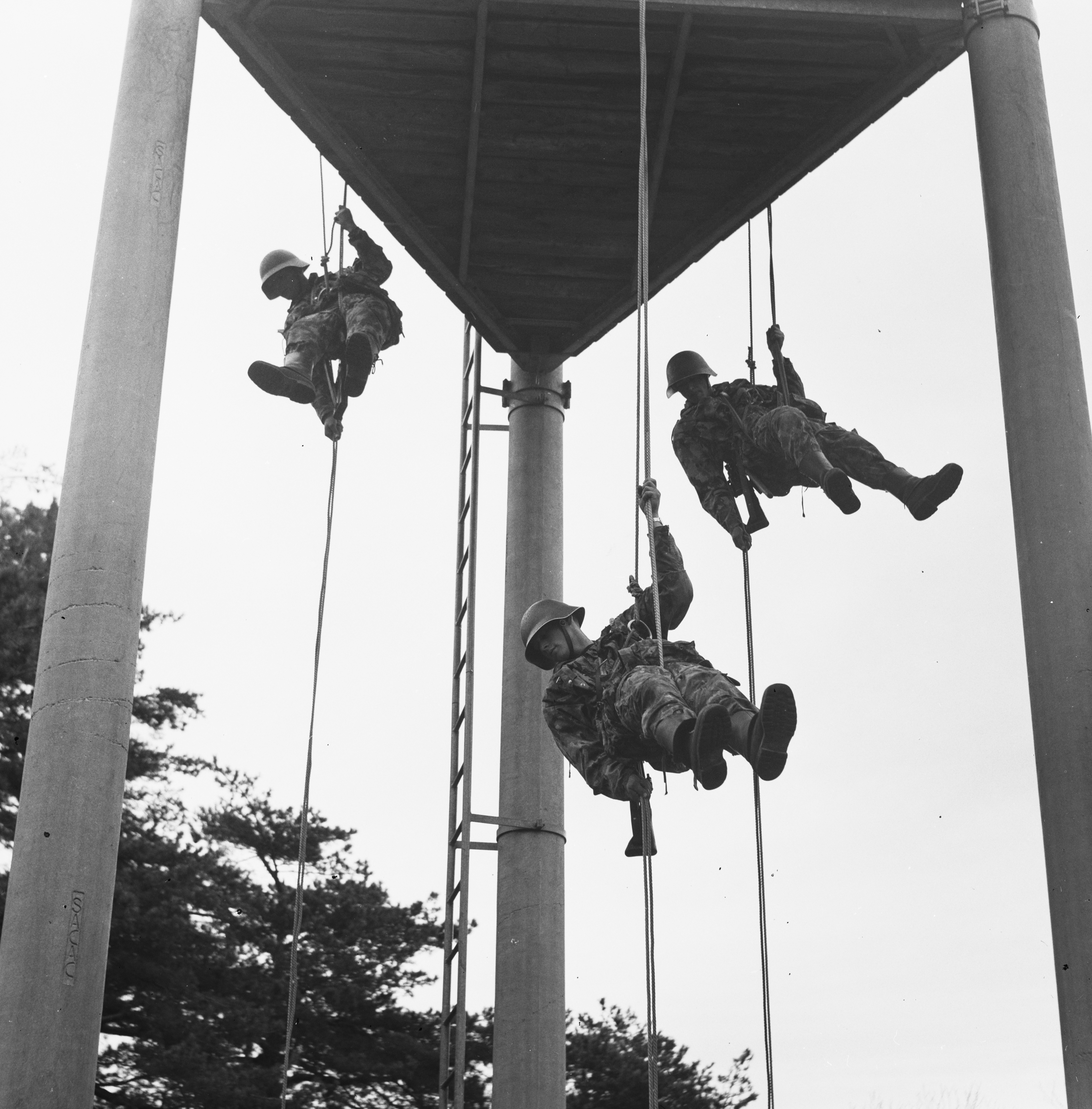Dülfersitz on:
[Wikipedia]
[Google]
[Amazon]

 The Dülfersitz (named after
The Dülfersitz (named after

 The Dülfersitz (named after
The Dülfersitz (named after mountaineer
Mountaineering, mountain climbing, or alpinism is a set of outdoor activities that involves ascending mountains. Mountaineering-related activities include traditional outdoor climbing, skiing, and traversing via ferratas that have become sports ...
Hans Dülfer who had developed a different but related technique), also known as body rappel, is a classical, or non-mechanical abseiling
Abseiling ( ; ), also known as rappelling ( ; ), is the controlled descent of a steep slope, such as a rock face, by moving down a rope. When abseiling, the person descending controls their own movement down a static or fixed rope, in cont ...
technique, used in rock climbing
Rock climbing is a climbing sports discipline that involves ascending climbing routes, routes consisting of natural rock in an outdoor environment, or on artificial resin climbing walls in a mostly indoor environment. Routes are documented in c ...
and mountaineering. It is not used frequently any more, since the introduction of belay device
A belay device is a mechanical piece of climbing equipment used to control a rope during belaying. It is designed to improve belay safety for the climber by allowing the belayer to manage their duties with minimal physical effort. With the righ ...
s. In the Dülfersitz, the rope is wound around the body, and the speed of descent is controlled using the friction
Friction is the force resisting the relative motion of solid surfaces, fluid layers, and material elements sliding against each other. Types of friction include dry, fluid, lubricated, skin, and internal -- an incomplete list. The study of t ...
of the rope against the body.
The advantages of the Dülfersitz are that one can descend without a climbing harness
A climbing harness is a piece of equipment that allows a climber to tie in (climbing), tie in to the safety of a rope. It is used in climbing, rock and ice climbing, ice climbing, abseiling, and lowering; this is in contrast to other activities r ...
or belay device, and because the rope is not kinked or subjected to concentrated forces, it does not experience as much wear. The major disadvantage of this method is that intense heat is generated by the friction on the shoulder, neck and thigh, which can be painful, and can damage clothing.
Technique
*The doubled rope is passed between the legs *The rope is passed behind one thigh *Crossing the chest, the rope is taken to the opposite shoulder *From the shoulder, the rope is passed diagonally across the back to the braking hand (the hand on the same side as the thigh around which the rope has been passed) *The rope is placed under load *The free hand is held forward, maintaining the balance *The braking hand controls the movement of the rope: to allow the rope to move, the braking hand moves backwards; to arrest movement, it moves forwards. Although the Dülfersitz is an effective method of abseiling when practised correctly, it is less safe than some modern methods: if the braking hand releases the rope (due to panic, impact from a falling stone, or cramp), a fall is unavoidable if no additional means of security, such as prusik cords, is used.Günter Sturm/Fritz Zintl: ''Alpin-Lehrplan 2, Felsklettern'', BLV München, Bern, Wien 1979, , S. 64 f.References
{{DEFAULTSORT:Dulfersitz Climbing techniques